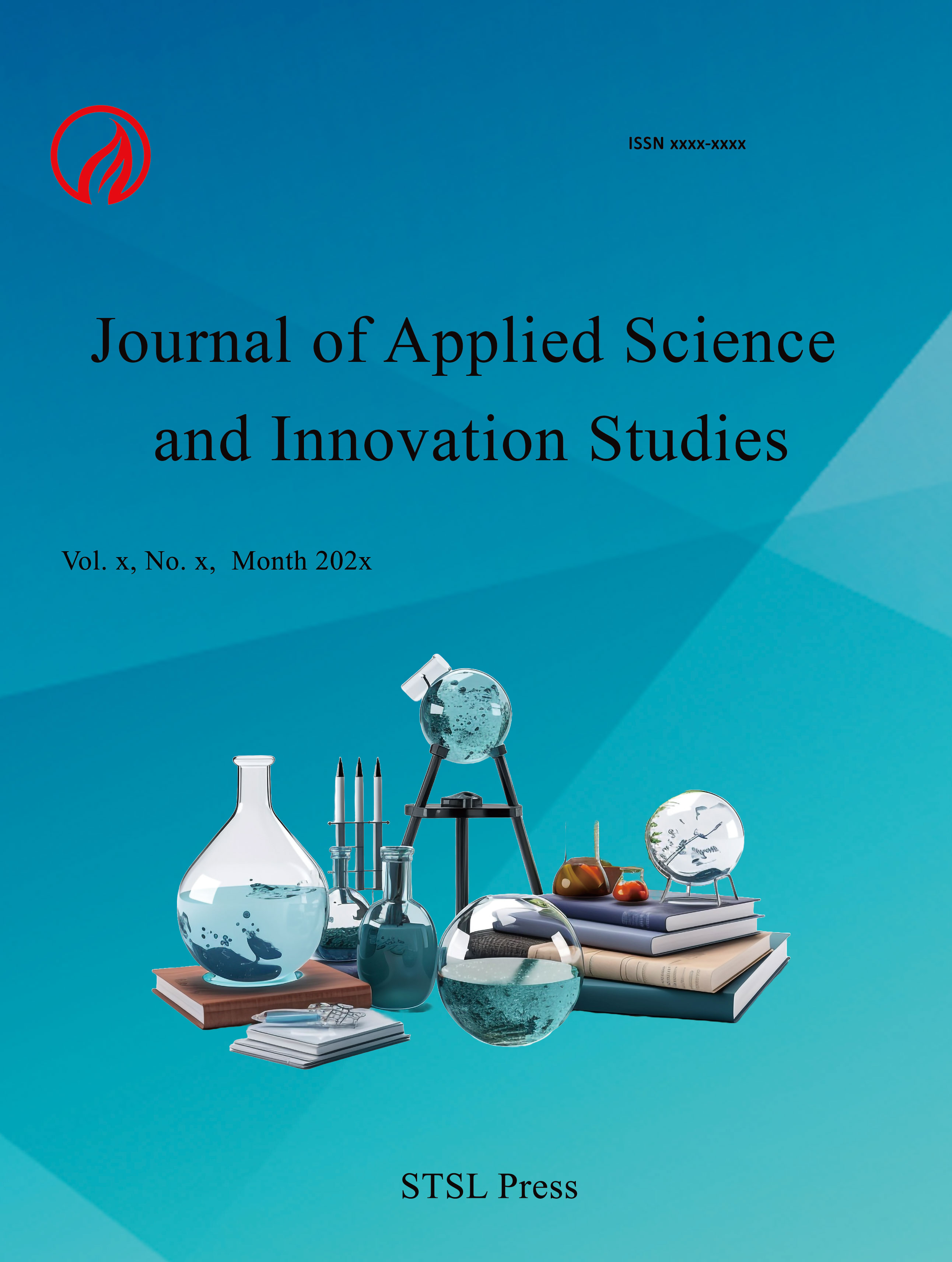Citizen Expectations of Public Safety in a Health Institution in Central Mexico
Cruz García Lirios
María del Rosario Molina González
Abstract
Objective: Compare an empirical model with the models reported in the literature published from 2020 to 2024, considering the search by keywords: dimensions of security.
Method: A cross-sectional, exploratory, correlational and explanatory study was carried out with a sample of 208 older adults, selected for their participation in the professional internship and social service system of a public university in central Mexico.
Results: Five dimensions were established relating to the perception of unpredictability, the perception of controllability, the attitude towards corruption, the attitude towards negligence and the attitude towards opacity in matters of public security.
Conclusions: The hypothesis regarding significant differences between the findings reported in the literature with respect to the results found in the study was not rejected.
Implications: In relation to the state of the art which warns that perceived insecurity reflects the rule of law, the results show that it is perceived as unpredictable in the face of common law crimes. Therefore, the extension of the model to the stigma of public security administration in crime prevention is recommended.
Paper:
pdf
DOI:
https://doi.org/10.71002/jasis.v1n1p8
 This work is licensed under a
Creative Commons Attribution 4.0 License.
This work is licensed under a
Creative Commons Attribution 4.0 License.
Contact us
- Sarah Bulseco
- jasis@stslpress.org
